Recommendation: Ideal riflescope for hunting - especially hide hunting
Many manufacturers subdivide the various Scope lines basically into a Favourable and a premium class of optical sights. This distinction was and is never made at DDoptics.
This means that a cheap GlassIn addition to the coating of optics, the glass quality or type of glass is one of the most important quality factors for binoculars and riflescopes " More info for the less affluent customer and the expensive for the financially strong customer. In a broader sense, this leads to Brand management perspective to a kind of "club compulsion" and many are saving up for a premium product and have to make sacrifices on other very important issues such as the Save on ZF assembly (a big mistake).
What we particularly like about DDoptics:
- At DDoptics, the further development of the individual ZF products continues with a generation increase. The customer always receives the best ZF according to the current state of development.
- The best price/performance ratio is achieved through reasonable quantities and without expensive advertising in traditional media.
Result: Every customer receives a DDoptics quality riflescope with maximum features such as
- Riflescopes are variable 4x zoom or 6x zoom
- ReticleDifferent reticles for riflescopes. DDoptics uses the following 3 reticles for its riflescopes, depending on the target optics: " More info in the 2nd image plane
- Highest possible RemunerationWith the help of a simple coating, this loss of light transmission (transmission loss) is reduced to 1.5%, for example. This already increases the amount of light that reaches your eyes to around 80%. " More info and light transmissions above 95%
- Parallax adjustment is standard
- Light pointThe choice of reticle and the associated mode of operation of the illuminated dot is of decisive importance when purchasing. " More info is standard
- From Gen 3 - Zerostop for ASV
What generally makes a good riflescope for hide hunting?
- The telescopic sight LensesThe use of aspherical lenses leads to a reduction in the overall length of the binoculars and in some cases to a significant reduction in weight. " More info:
- The quality of the RemunerationIf light hits a glass-air surface (e.g. with a roof prism), the reflection causes a loss of light. " More info (=anti-reflective coating) and the lenses
- The Light transmissionLight transmission is the ability of optical glass or optical systems to "let through" as many light rays as possible. " More info (=brightness in the field of view) between 95 and 97%
- The Edge sharpnessFor technical reasons, image sharpness decreases from the centre of the image to the edge with every lens (due to the shape of the lens). " More info (=image at the edge of the field of view)
- The option to adjust the sharpness of the lenses (ParallaxIf a shooter does not look "straight" but "diagonally" through the telescopic sight eyepiece, an aiming error occurs - the so-called parallax. " More info adjustment) - The riflescope reticle:
- With and without lighting (helps with TwilightFor night glasses, which are ideal for sitting game and as sow glasses, the light intensity is the most important feature. " More info) - The scope adjustment:
- Left-right and height adjustment not too rough
- Repeatability must be guaranteed
- Robustness against shocks and shots
- Quick and easy
The ideal riflescope for hide hunting
Leg of the Stand hunting it certainly plays a major role in which Hunting ground is gone. Can I go to drive close to the hide or is it a 1 hour walk? ahead - possibly with steep passages. In flat terrain, with good access and with the Game species Wild boar play Weight and dimensions does not play a major role. The ZF should be versatile here, a large Field of visionThe size of the field of view indicates the width of the terrain that can be observed through the binoculars at a distance of 1000 metres. " More info and in the Twilight its strength prove it. A 56 mm LensWhen we talk about the objective lens of binoculars, we mean the front lens. The front lens is the foremost lens of the objective. " More info and larger is certainly the right choice here. One variable EnlargementThe magnification of a binocular model is perhaps the most misunderstood feature. High magnification can be useful! " More info is certainly also recommended, as shots at close and long distances are to be expected. However, as soon as longer walks are an issue, a lens no larger than 50 mm should be used due to the weight.
When it comes to weight, all manufacturers now rely on Lightweight materials are used. The days of heavy steel housings etc. are over. Only large glass lenses increase the weight and dimensions - which brings us back to the subject.
When hunting from a hide 56 lenses are generally recommended. High twilight performance and a large field of view offer many advantages.
With the Hunting from a hide is advisable, a variable telescopic sight with at least 50 mm Lens diameterThe larger the lens diameter, the more light can be absorbed by the lens of the optical system. Glass purity plays a major role. " More info to choose. The zoom factor is left to personal preference. For one hunter, 1-4x is enough. Another hunter wants to go up to 6x magnification (5-30x) to increase the range of application.
ZF ComparisonDifference and comparison between Porro prisms and roof prisms The design of binoculars is always determined by the type of prism used. Porro prism in binoculars Binoculars with a porro prism design can be recognised by their relatively low height and wide design. Advantage: The greater distance between the two lenses promotes spatial vision. A graphic illustration and further details on the design of porro prisms can be found here! Roof prism with " More info and suitability according to lens diameter
| Luminous intensity | Lens diameter | Utilisation |
| low | 25 mm | ZF for driven hunts |
| Medium to high | 42 mm, 50 mm | All-round ZF Ideal until (late) dusk, stalking, mountain hunting |
| Very high | 56 mm, 60 mm | Heavier night glasses for hide hunting |
ZV comparison and suitability after enlargement
| Enlargement: | small |
| 1-6x | Ideal for stalking and driven hunts - shots at short distances |
| Magnification | medium |
| up to 15x | Ideal for many hunting applications such as hide hunting, stalking and mountain hunting |
| Magnification | high |
| up to 30x | Riflescope for sports and long-range shots in the mountains, use as a replacement for a spotting scope |






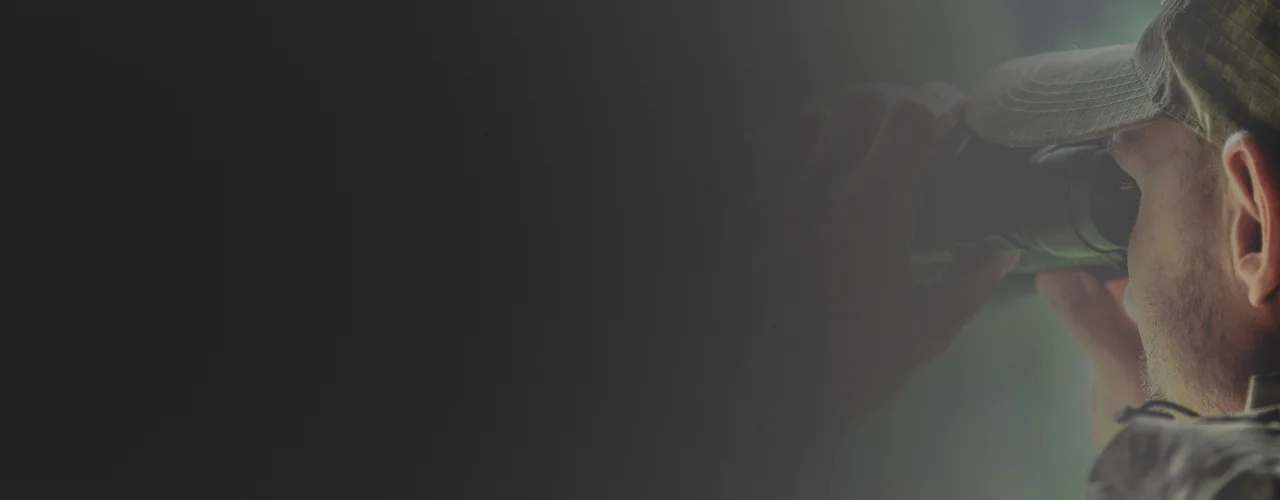
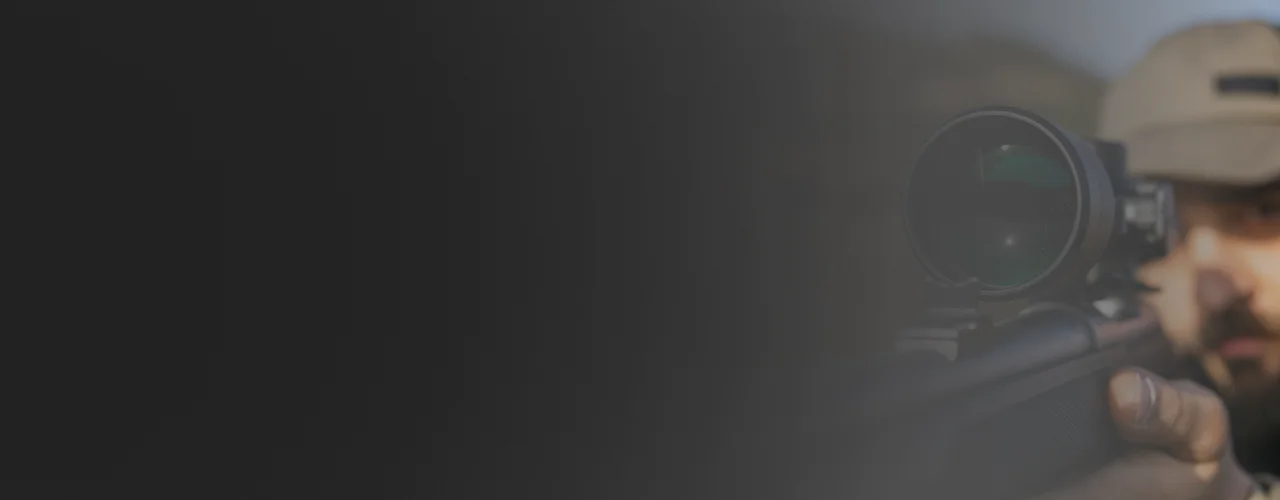
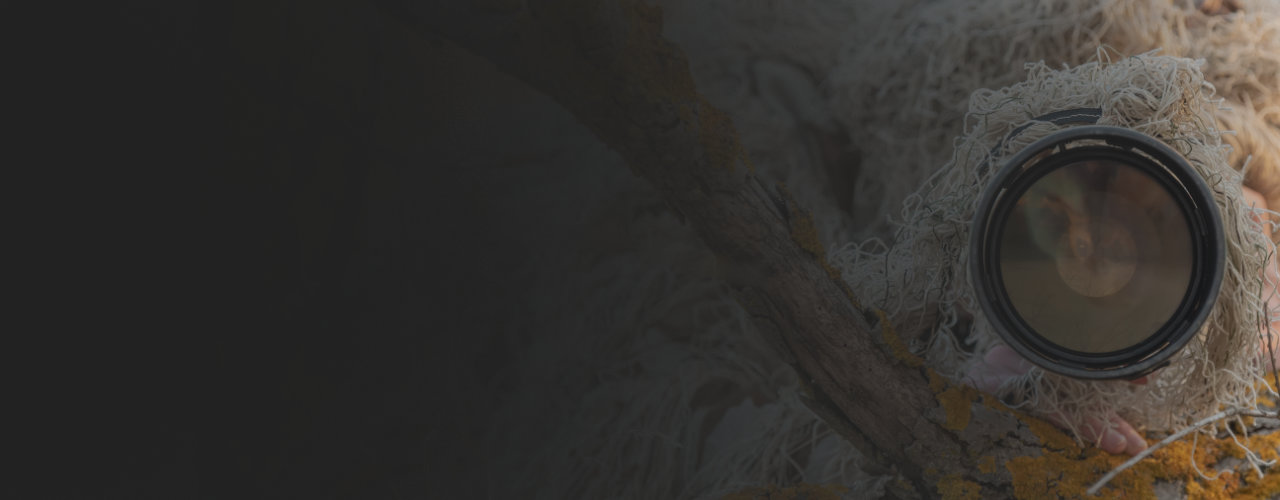
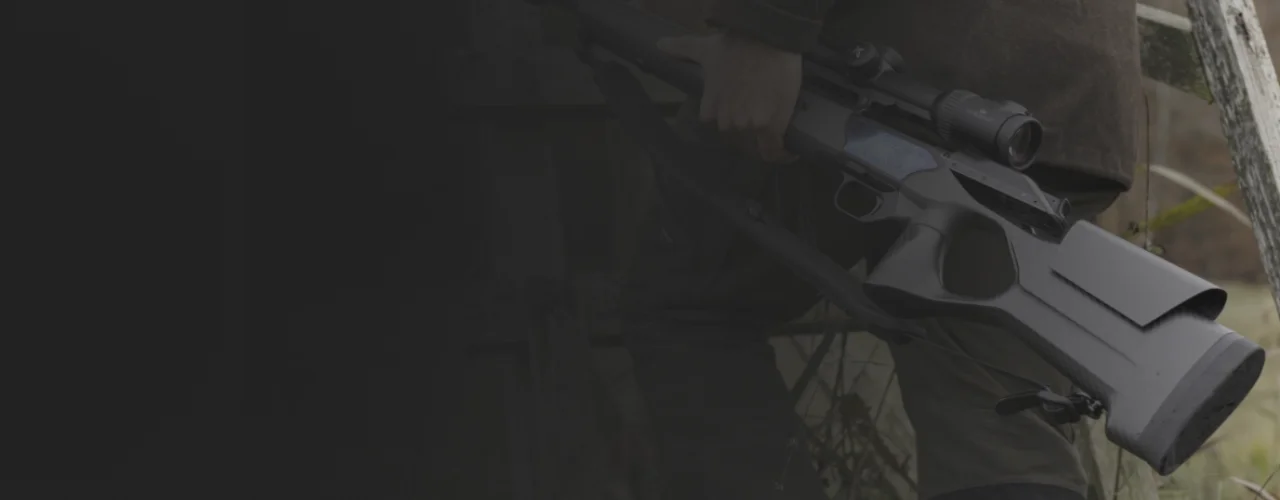
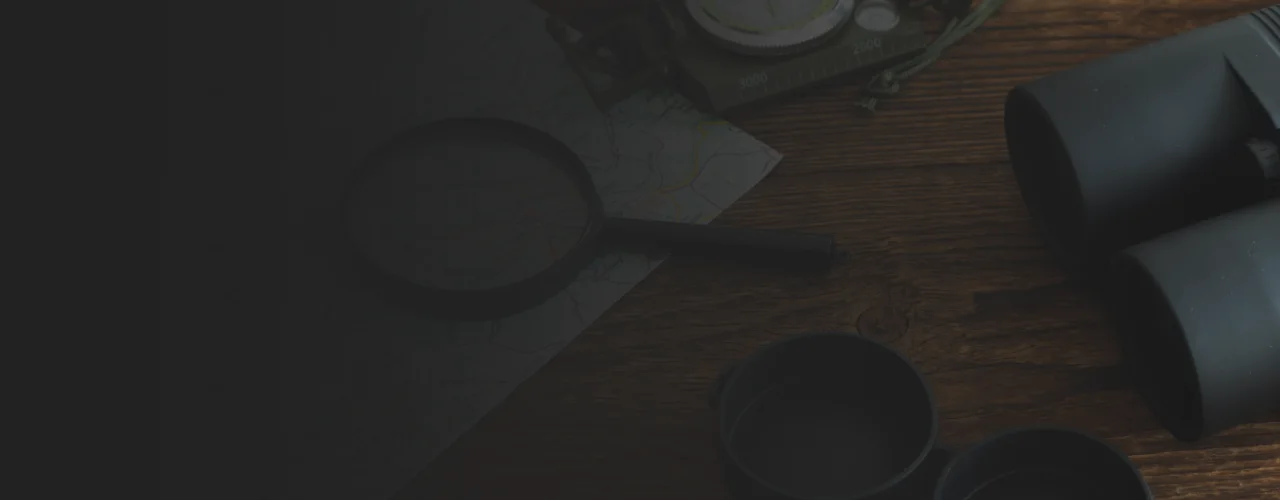

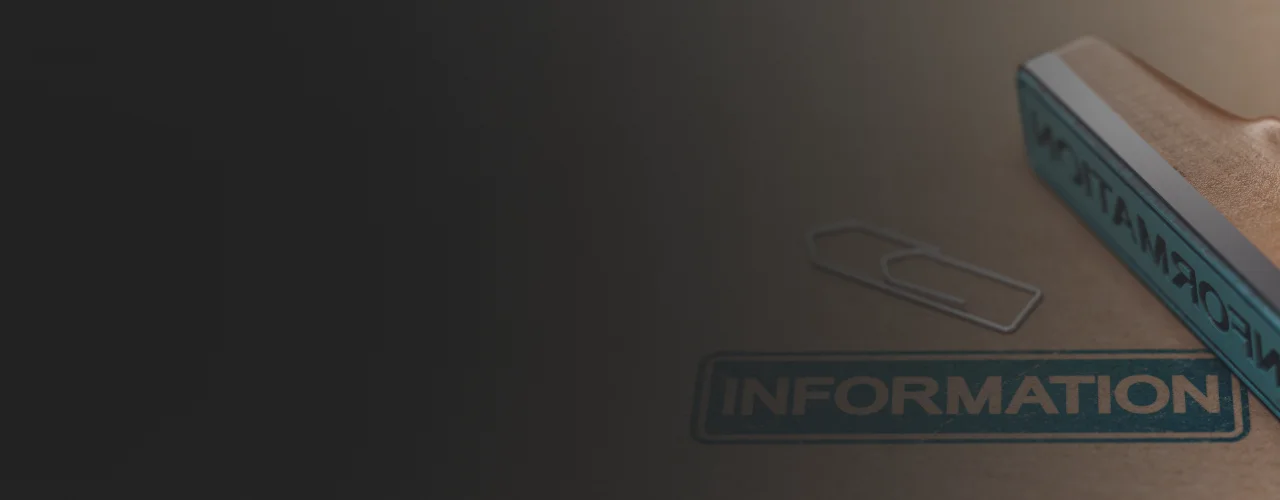

 What we particularly like about DDoptics:
What we particularly like about DDoptics: